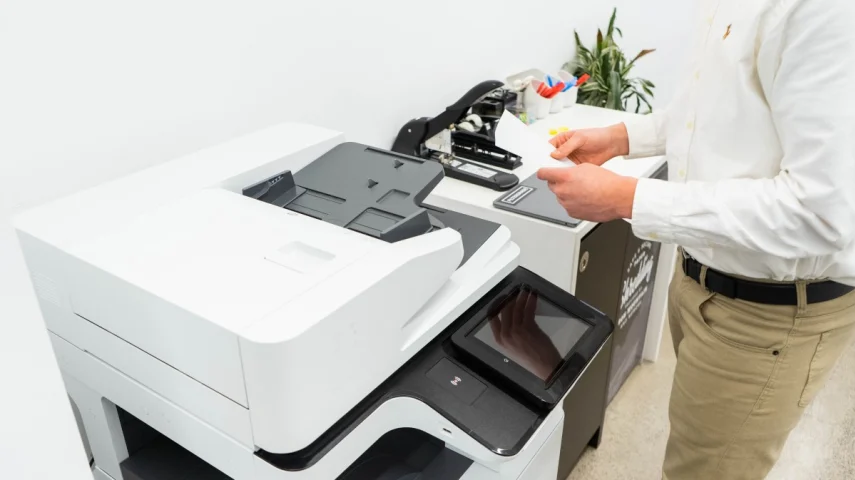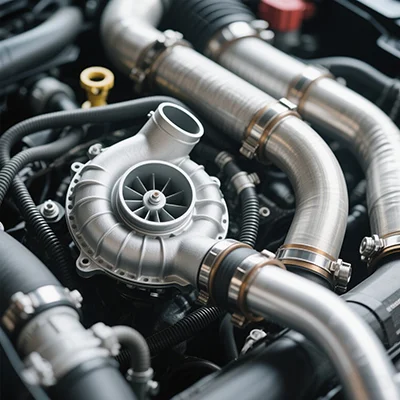The Lifespan of Printer Ink: Unveiling the Secrets Behind Long-lasting Print Quality

Printer ink is an essential component of any printing process, determining the quality and longevity of printed materials. Understanding how long printer ink lasts is crucial for both individuals and businesses to optimize their printing operations and minimize costs. In this article, we will delve into the factors that affect the lifespan of printer ink and provide practical tips to extend its longevity.
- Ink Composition:
Printer ink is typically composed of pigments or dyes, solvents, and additives. The composition varies depending on the printer type and brand. Pigment-based inks, commonly used in professional-grade printers, tend to have a longer lifespan compared to dye-based inks found in consumer-grade printers. Pigments are more resistant to fading and offer better color stability over time. - Storage Conditions:
Proper storage plays a vital role in preserving the lifespan of printer ink. Ink cartridges should be stored in a cool, dry place away from direct sunlight. Exposure to heat and light can cause ink to dry up or deteriorate, leading to clogged print heads and reduced print quality. Additionally, ink cartridges should be stored upright to prevent leakage and maintain optimal ink flow. - Print Frequency:
The frequency of printing directly impacts the lifespan of printer ink. Regular use helps prevent ink from drying up or clogging the print heads. If a printer remains idle for extended periods, the ink may dry up, resulting in poor print quality and potential damage to the printer. To maintain ink freshness, it is advisable to print a test page or perform a nozzle check regularly. - Print Settings:
Adjusting print settings can significantly impact the lifespan of printer ink. By selecting the appropriate print quality, such as draft mode or grayscale printing, ink consumption can be reduced without compromising readability. Additionally, using the "economy" or "toner save" mode for laser printers can extend the lifespan of toner cartridges. - Paper Quality:
The type and quality of paper used for printing can affect ink longevity. Porous or low-quality paper tends to absorb more ink, leading to faster depletion of ink cartridges. Using high-quality, inkjet-compatible paper can help minimize ink absorption and maximize print quality. Additionally, selecting the appropriate paper type in the printer settings ensures optimal ink usage. - Maintenance and Cleaning:
Regular maintenance and cleaning of printers can prolong the lifespan of printer ink. Print heads should be cleaned periodically to remove any dried ink or debris that may affect print quality. Most printers have built-in maintenance utilities that can be accessed through the control panel or printer software.
Conclusion:
Printer ink lifespan depends on various factors, including ink composition, storage conditions, print frequency, settings, paper quality, and maintenance. By understanding these factors and implementing the recommended practices, individuals and businesses can optimize their printing operations, reduce costs, and achieve long-lasting, high-quality prints.
